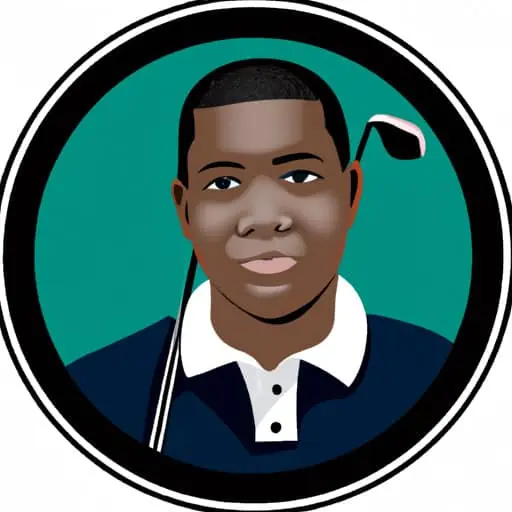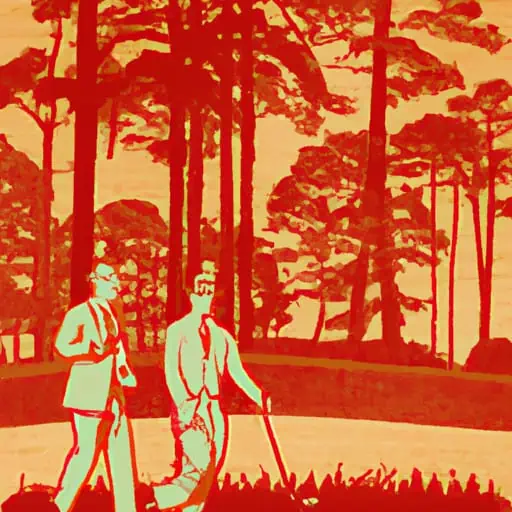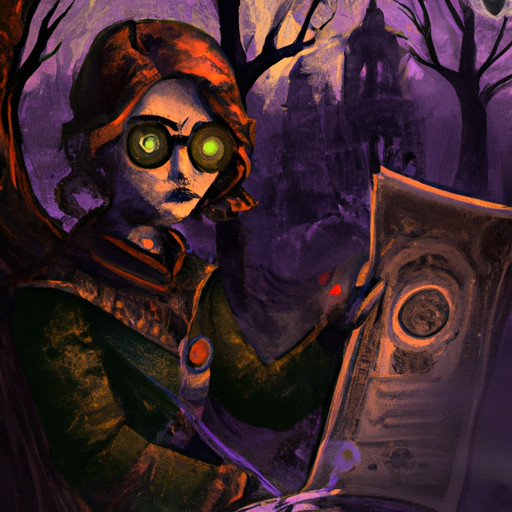As the sun danced over the towering pines at Pinehurst No. 2, Tiger’s Caddy surveyed the expanse of green, a sweep of viridian silk bordered by treacherous sand traps. He could almost hear the ghostly echo of applause as he visualized the countless legends that had danced across this storied fairway before him. In his mind, however, the one player that perpetually played on loop was Payne Stewart. And today, within the folds of this narrative, he decided to reimagine a round with him.
Payne wasn’t just another golfer; he was a vision in plaid, punctuating the politesse of golf with a style uniquely his own. Tiger’s Caddy admired him beyond his unconventional fashion sense and the resonating tenor of his triumphs. He admired him for the legacy he had left behind: a legacy of respect, humility, and above all – grace in defeat.
In their imagined game, they locked handicaps on the first tee, Payne’s infectious smile challenging the Caddy to up his game. The magic began to weave itself as they navigated through the nuanced complexities of each hole, a living testimony to Donald Ross’ genius.
As Payne ambled along the mown grass, he would share nuggets of wisdom, wrapped in colorful anecdotes. The tangible narrative of his words still echoed in the Caddy’s mind.
“Golf,” Payne said, “is less about the birdies and bogeys, and more about character. It’s who you become in the face of adversity, how you stand up to pressure, and ease into triumph.”
As they approached the torturous fifth hole, infamous for its deceptively tricky green, Payne paused, his ice-blue eyes scanning the challenging landscape.
“The journey of a golfer,” Payne muses, tipping his signature ivy cap back, “is a lot like this hole. There are unexpected hazards and the path to success isn’t always straightforward. It curves, meanders, and bends, taking you on a wild ride. But in the end, it’s your approach that determines if you’re just a good golfer or a great one.”
The imaginary dialogue continued to unravel as the game moved into its decisive phase. The eighteenth hole, with its revered Payne’s legacy, brought a lump in the Caddy’s throat. Payne’s birdie here in the 1999 U.S Open was etched into the annals of golfing history.
He pictured Payne, perched over the critical putt, fatigue etched into his face, yet a resolute gleam in his eyes. “In golf, as in life,” Payne had said, “it’s the putts you take that determine your fate. Remember, golf isn’t just a game. It’s a legacy you leave behind.”
As the Caddy completed his round and his tale ended, he was left with a silent golf course and the rustling of pine trees in the breeze. The day was fading, casting long shadows that extended across the greens and fairways, symbolic of the legendary figure who once graced the course.
The echoes of Payne’s words left an indelible impression on him. It wasn’t about playing every golf course in the world. It was about understanding and appreciating the spirit of the game, personified by the likes of Payne Stewart.
Bracing his shoulders, he savored the tranquility of the scene. Someday, he thought, I’ll lace this story with my own experiences. He could see it clearly – a sequel titled, ‘A Legacy of Payne and Pursuit’. And with that, he clipped his bag onto his shoulder, leaving the ghost of Payne Stewart to roam the hallowed fairways of Pinehurst No. 2.
His journey was far from over; the world was his golf course, and the game had only just begun.




